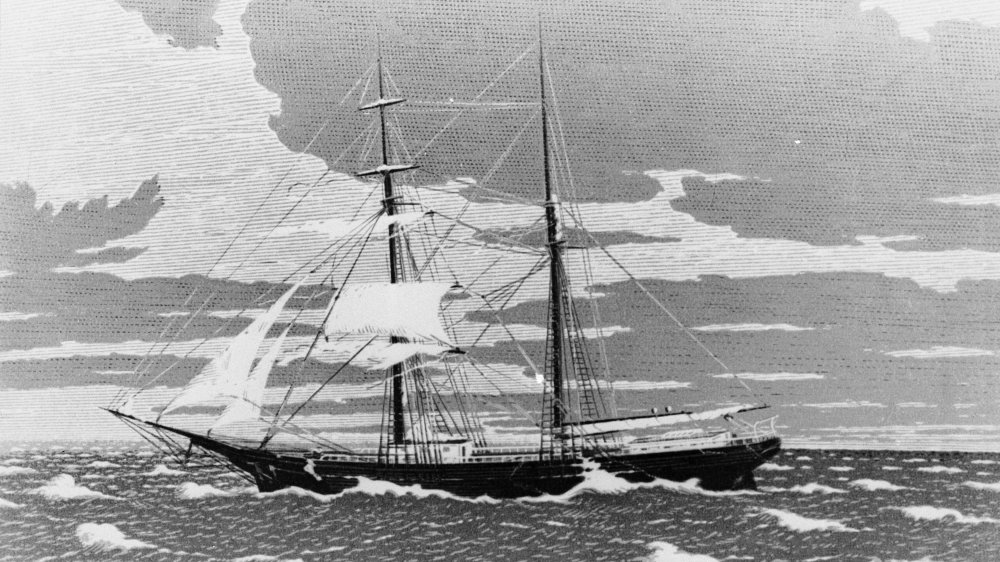The Biggest Things In The World That Have Mysteriously Vanished
As attested to by the swaths of true crime shows currently streaming on your service of choice, everybody loves a good whodunnit. They appeal to some of the most basic human instincts: to understand, solve, to organize a mental picture of what isn't immediately obvious.
But despite what Netflix might tell you, bright eyed college coeds with their whole lives in front of them aren't the only things that go missing. Out here in the field, things get much messier. Much more complicated. Much weirder. Sometimes, stuff that should logically never be able to disappear will just up and vanish in quantities that are hard to describe. For our purposes, we'll use the quantifiers "a boatload," "a town-full," and "basically the entire wing of a museum."
Maybe the most famous large-scale disappearance in American history, the colony of Roanoke pulled a "now you see me" around 1590, leaving nothing but the cryptic message "CROATOAN" carved into a wall. The fates of over a hundred English colonists remain a mystery. Maybe they intermingled with the native population, maybe they died. Or, if you ask the contributors on Ancient Aliens, maybe they got Ancient Aliens'd.
Now you see something enormous, now you don't
Less famous but equally mysterious is the disappearance of the crew of the Mary Celeste, a merchant brigantine from the 19th century. Discovered adrift off the Azores islands on December 4th, 1872, the ship's occupants left no clue as to their fate. A lengthy court case followed, but none of the theories presented held water. If the crew was attacked by pirates, then why was it relatively undamaged, and why was its cargo untouched? If the crew got bored and left, why did they leave their belongings behind? Could it have been, as speculated by certain members of the History Channel family, the work of ancient aliens?
And the head scratching doesn't stop once we reach the modern era. As reported by El Mundo, in 2006, employees at the Reina Sofía Museum found themselves with egg on their collective faces when they admitted publicly that they had lost American artist Richard Serra's sculpture "Equal-Parallel/Guernica-Bengasi" fourteen years prior. Still, art isn't all that hard to steal, so somebody must have stuck it under an oversized jacket and brought it home as a souvenir. The only problem with that theory: the sculpture was the size of a room and weighed 38 tons. Clearly, there was only one explanation: flannel-clad, grunge-enthusiast, Doc-Martin-wearing '90s aliens.

